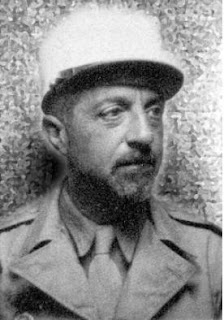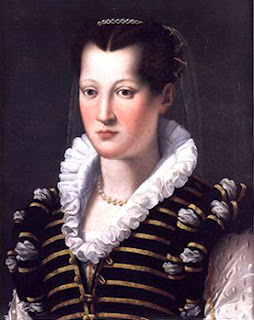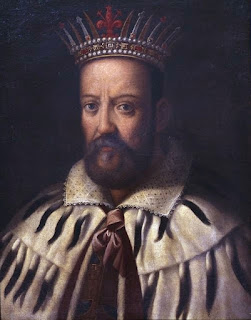Ex-Mussolini minister who fought with Allies
 |
| Giuseppe Bottai met Mussolini for the first time at a Futurist rally in Rome |
Bottai helped Mussolini establish the National Fascist Party and served as Minister of National Education under Mussolini between 1936 and 1943. He supported Mussolini’s anti-semitic race laws and founded a magazine that promoted the idea of a superior Aryan race.
However, in 1943, following Italy’s disastrous fortunes in the Second World War, he was among the Fascist Grand Council members who voted for Mussolini to be arrested and removed from office.
Later, after Mussolini was freed from house arrest by German paratroopers and established as head of the Italian Social Republic, Bottai was handed a death sentence and hid in a convent before escaping to join the French Foreign Legion, eventually assisting the Allies in both the invasion of France and the invasion of Germany.
The son of a Roman wine dealer, Bottai studied at the Sapienza University of Rome until Italy declared war against Germany and the Central Powers in 1915. Bottai enlisted in the Royal Italian Army. Wounded in battle, he obtained a Medal of Military Valour.
He met Mussolini at a Futurist meeting in Rome in 1919 and became an enthusiastic supporter of the Fasci Italiani di Combattimento, the forerunner of the National Fascist Party. He became a journalist on the party’s newspaper, Il Popolo d’Italia, and took part in the March on Rome in 1922,
 |
| Bottai had fought for Mussolini's cause in Ethiopia yet was eventually an opponent |
Once the war in Ethiopia was over, Bottai returned to Rome to take up the position as Education Minister. He implemented laws to safeguard Italian heritage and culture and to preserve places of natural beauty.
He also became a Germanophile, regularly voicing his admiration for that country and establishing a magazine that not only supported Hitler’s vision of an Aryan master race but also advocated military intervention in other countries. He endorsed Italy’s entry into the Second World War on the side of Germany.
Yet in 1943, following the disastrous campaign on the Eastern Front, in which Italian casualties numbered more 116,000, and with Italy facing inevitable defeat, Bottai sided with Dino Grandi’s proposal to the Fascist Grand Council that Mussolini be overthrown.
The humiliated Mussolini was determined to exact revenge and when he was re-established in power as the head of Germany’s puppet state in northern Italy, the Italian Social Republic, death sentences were passed on all those who conspired against him on the Grand Council, including Bottai.
Bottai’s response was to flee Italy and join the French Foreign Legion, giving himself the name Andrea Battaglia. He took part in Operation Dragoon, the code name for the Allied invasion of southern France, and later the invasion of Germany itself.
 |
| Italian soldiers on the battlefield in Ethiopia after Mussolini sought to expand his empire in northern Africa |
He returned in Italy in 1953, Bottai founded the periodical ABC and Il Popolo di Roma, financed by another ex-Fascist, Vittorio Cini, who supported centrist and conservative views.
He died in Rome in 1959. Among those who attended his funeral was Aldo Moro, the progressive Christian Democrat minister who became Bottai's friend and assistant.
 |
| The resort town of Salò sits on the shore of Lake Garda |
The Italian Social Republic was also known as the Republic of Salò after Mussolini established his headquarters in a villa in the town of Salò, on the shores of Lake Garda. For all its regrettable association with such a despised figure as Mussolini, it has recovered to become a pleasant resort visited by many tourists each year. Its promenade is the longest of any of the lakeside towns and it has a Duomo rebuilt in Gothic style in the 15th century as well as a museum commemorating, among other things, the resistance against Fascism.
 |
| The Piazza San Sepolcro in Milan, where Mussolini addressed a historic rally in 1919 |
The Fascist party is said to have its roots in a rally of the Fasci Italiani di combattimento held in 1919 in the Piazza San Sepolcro in Milan, not far from the Piazza del Duomo. The square was adjacent to Palazzo Castani, which would be the national headquarters of the Partito Nazional Fascista from 1921 to 1924, and of the Partito Fascista Repubblicano from 1943 to 1945. During the Roman period the piazza was a forum. In 1030 the Participants of this rally were known as sansepolcristi, and were granted special privileges under the regime.
More reading:
Why General Pietro Badoglio turned against Mussolini
The Republic of Salò: Mussolini's last stand
The daring raid that freed captive Mussolini
Also on this day:
301: The founding of the Republic of San Marino
1695: The birth of violinist Pietro Locatelli
1950: Giuseppe 'Nino' Farina wins the first Formula One world championship
Home



















